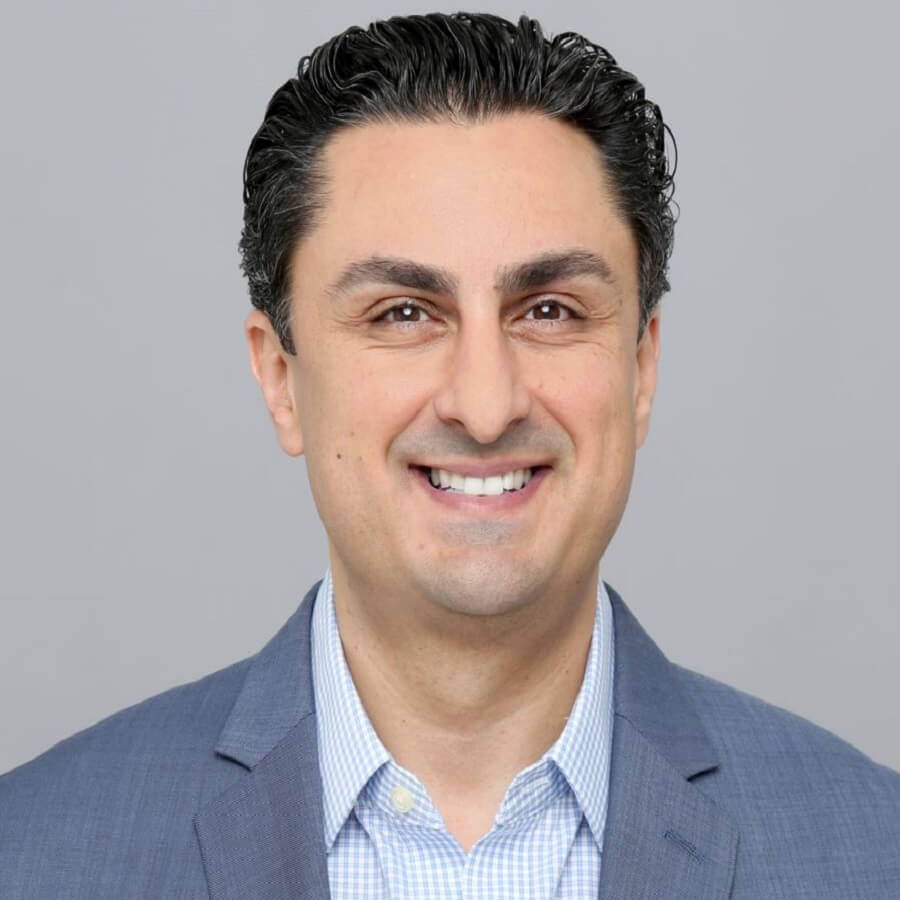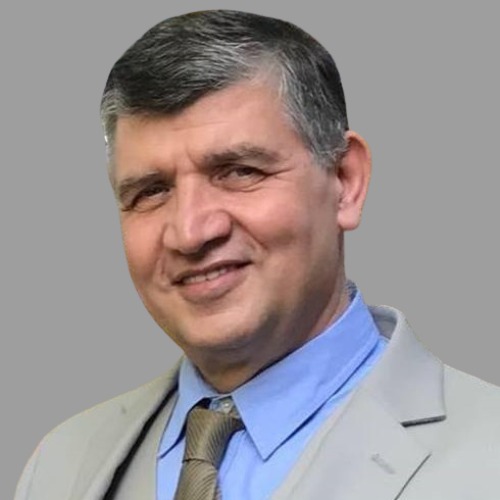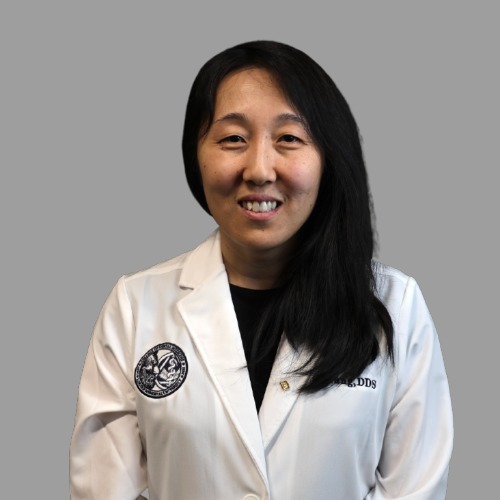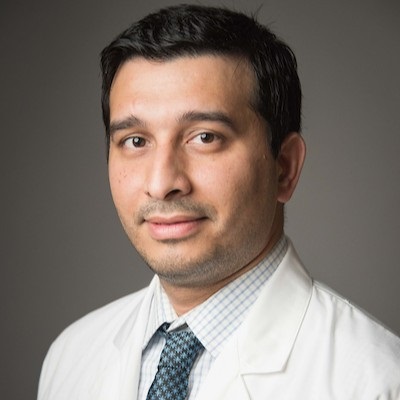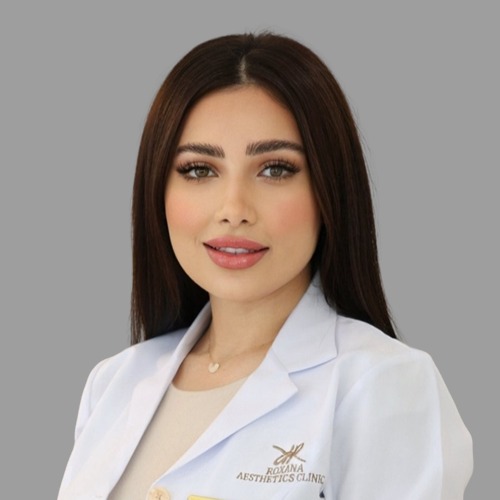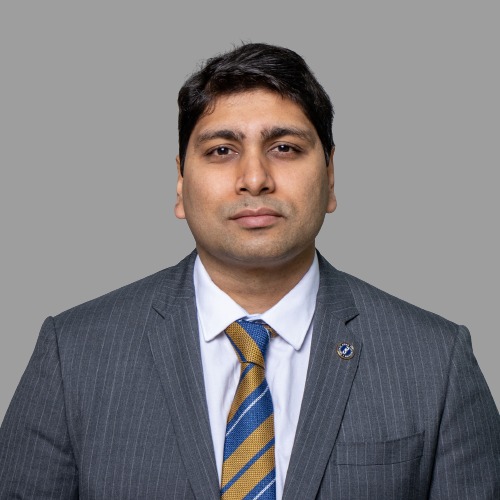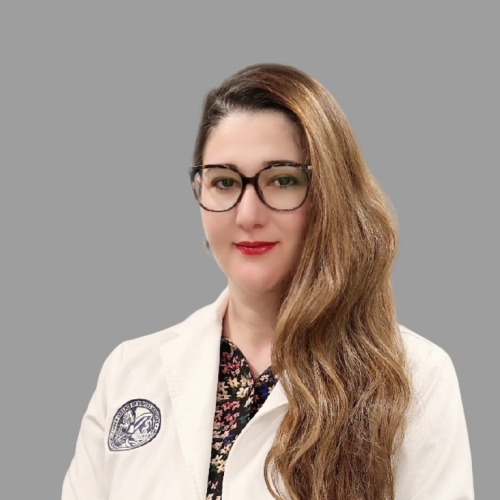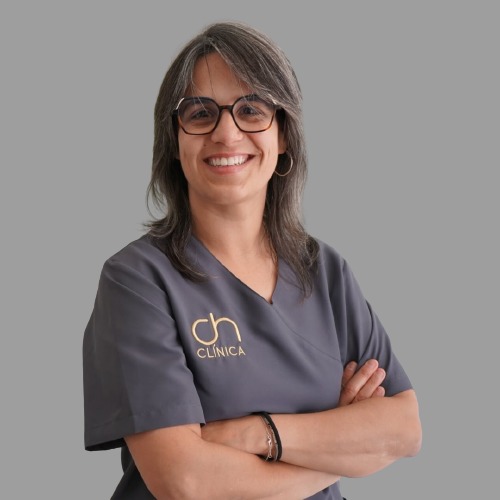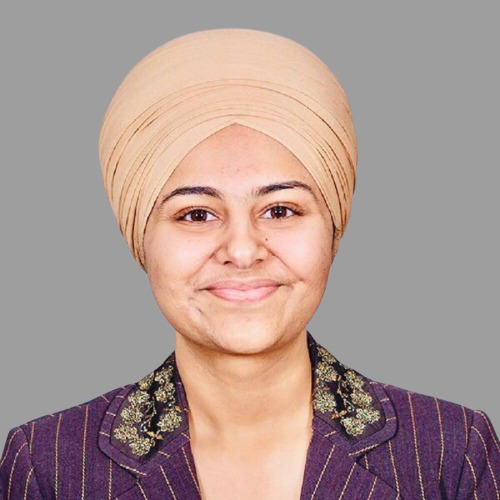
Dr. Lina Maiza
University of Algiers
Dr. Lina Maiza completed her Doctor in Dental Medicine degree from the University of Algiers, Faculty of Dental Medicine, Algeria. She had completed her postgraduate degree in periodontics at the University of Algiers, Faculty of Dental Medicine, Algeria. She followed several post-graduate courses in Implantology, Aesthetic Periodontology, Advanced bone grafting, and complex oral surgeries. She currently works in private practice at Harmony clinic in Algiers. Dr.Maiza is passionate about dentistry in general and in surgery and aesthetics in specific, her main goal is making smiles healthier and prettier. She is also a member of Divas in dentistry group, an international group empowering women to grow and to overcome different obstacles together.
Algeria
Abstracts
VISTA technique VS coronally advanced flap
The VISTA (Vestibular Incision Subperiosteal Tunnel Access) technique is a minimally invasive surgical approach used in periodontal therapy to treat gingival recession and enhance soft tissue coverage. This method involves a small vestibular incision, allowing for the creation of a subperiosteal tunnel beneath the gingiva. The tunnel facilitates the mobilization and repositioning of soft tissues without vertical releasing incisions, promoting faster healing and reduced postoperative discomfort. The technique can be combined with a coronally advanced flap (CAF), wherein the gingival tissue is gently advanced and sutured over the exposed root surface. This combination improves the aesthetic outcome and stability of the gingival margin, making it a preferred choice for addressing multiple recessions and enhancing periodontal regeneration. The question is which one is more predictable?
Study of the oral health of children aged 7 to 12 years in the post-covid period in Tbilisi
The important subject of study is the impact of isolation during the pandemic on the oral health of school-age children.
A cross-sectional study was conducted. 188 children aged 7-12 years were selected by simple random sampling from Tbilisi, Georgia. Evaluation of DMF, def, S-OHI, and MGI indices was carried out. Based on the questionnaire, oral care and carbohydrate consumption behaviors were assessed, and attitudes to preventive interventions.
Results:
Means of S-OHI=1.62;
Mean (DMF+def)=6;
In females DMF=3.41; def=3.72; In males DMF=2.79; def=3.83
MGI: score 0 - 41.0%; score 1 - 52.7%; score 2 - 5.9%; score 3 - 0.5%.
81.91% of the samples had incorrect behaviors regarding brushing and 20.74% had incorrect behaviors regarding carbohydrate nutrition.
Only 14.36% of the sample behaviors were consistent with the recommendations provided by the FDI to reduce caries burden. A reliable association between dietary risk factors and high caries activity was observed only in the case of daily consumption of candies. (n=188; 41.7% vs; 23.0%; OR=2.404, 95% CI: 1.202-4.809).
Fissure sealing has performed 5.85%, 8% - rem-therapy, and 7.4% have received fluoride tablets. 17.55% referred for prevention.
Gummy smile, what are my options?
The smile is a common human expression that reflects different feelings such as happiness, it is an important aesthetic component of the face and significantly impacts the perception of beauty and personality that others have about us.
More attractive individuals have easy social interactions and tend to be more successful in most aspects of life that modern society considers to be essential. Thus, it is essential to consider the characteristics of a perfect smile an esthetic smile is dictated by the balance of 3 parameters: the white (teeth), the pink (gum), and the lips. A gummy smile or excessive gingival display while smiling has been a cause of esthetic embarrassment for many patients and affects their psychosocial behavior. A very thorough diagnosis is important to determine the etiology of the gummy smile in order to plan the appropriate treatment; several options are available to us depending on the etiology, we have surgical treatments such as periodontal surgery (crown lengthening, lip repositioning), orthognathic surgery and non-surgical treatments like orthodontics or botulinum toxin injection.
The purpose of this presentation is to show the different etiology of gummy smiles and to show the results of different therapy.
Soft tissue augmentation around implant and pontic area
Soft-tissue management around implant and pontic restorations may be very challenging, many factors should be considered, the time of surgery before or after, type of flap design, grafting techniques, surgeon skills. They all have a direct impact on the results and allow us to modify and increase tissue for natural and better outcomes. The goal is to establish an ideal emergence profile with maximum tissue volume, which could be achieved with proper 3-dimensional planning, ideal implant depth and good distance with adjacent teeth, and finally increasing soft tissue with the right protocol and the right surgical technique guided and molded by the provisional prosthesis. The aim of this presentation is to explain different protocols to do soft tissue augmentation and show how we make possible what was impossible yesterday.
Featured 2025 Speakers
Speakers of The Club




